Ancient Inn’s abound in Holborn. I don’t mean just the drinking, stabling-your-horse-overnight type of Inns, but also the legal buildings that are part of the deep and old London, hidden in plain sight. We know some of their names, Lincoln’s Inn, Gray’s Inn and the rest – but do we know what happens inside their doors? We may have heard of other names that no longer exist, having been demolished and replaced years, decades even centuries ago, their names living on only on street names or on the modern buildings that sit where they once were.
I thought I would use my curiosity about these places as an excuse to do a little research on them and then go looking for one of the lost Inns – Furnival’s Inn.
I think we can split the Inns into two main categories.
First the grand old Inns of Court (Gray’s Inn, Lincoln’s Inn, Inner Temple and Middle Temple) whose histories reach back into medieval times and are where the offices of barristers were traditionally located. Barristers more frequently take offices outside the beautiful old Inns these days but must remain members of one of them to be be able to practice in England and Wales. The Inns of Court all remain intact and are lovely places to have a wander round, particularly on a summer’s evening.
The Inns of Chancery have not lasted so well. They were originally attached to the Inns of Court and provided offices for the clerks of chancery before mutating into organisations that provided offices and accommodation to solicitors.
So barristers, who typically act as courtroom litigators, made their homes in the Inns of Court, whilst the solictors, who don’t tend to appear in court, made do in the Inns of Chancery. All went well until the reform of solicitors in England and Wales in 1825 when the Law Society was formed and took over much of the organisational purpose of the Inns of Chancery and removed the requirement of solictors from being a member of one. As such the Inns of Chancery emptied out and an empty building is always a tempting sight (and site) to a London property developer. Most of the Inns of Chancery have been knocked down.
Inner Temple had three Inns of Chancery attached: Clement’s Inn, Lyon’s Inn and Clifford’s Inn. All long gone.
Middle Temple also had three: St George’s Inn, Strand Inn, and New Inn. Again all no longer with us having made way for developments along the Strand.
Gray’s Inn had two: Staple Inn and Barnard’s Inn, both still surviving in part at least.
Lincoln’s Inn had two Inn’s of Chancery attached, Thavie’s Inn which is lost and Furnival’s Inn which was knocked down in 1897 to make way for the brown gothic Prudential building on High Holborn.
It was to High Holborn I travelled in search of Furnival’s Inn. I’ve been listening to an audiobook of David Copperfield by Charles Dickens and have become very interested in both Dickens and Copperfield’s lives in London. Dickens rented rooms in Furnival’s Inn in the 1830’s when he was courting and then newly wed to his wife Catherine. Presumably he was able to do so because the rooms were available to general tenants after the solictors moved out. Dickens wrote the start of Pickwick Papers here and John Westlock in Martin Chuzzlewit lived in rooms at the Inn. Furnival’s Inn is described in the book as “a shady, quiet place, echoing to the footsteps of the stragglers who have business there; and rather monotonous and gloomy on summer evenings. … there are snug chambers in those Inns where the bachelors live, and, for the desolate fellows they pretend to be, it is quite surprising how well they get on”
Dickens would not have recognised the building that now stands on High Holborn. This one – a red-bricked and dramatic Victorian gothic statement – was built after his death to house a mighty insurance company, The Prudential. It was always known as the Prudential building when I was new to the city but appears to be calling itself Holborn Bars these days. There is little sign of its old insurance heritage although apparently a subsidiary of the Prudential still has offices here. The best known occupant these days is ITV. The building does have a plaque that remembers the old Furnival’s Inn, though, just to right hand side of the main entrance. I wonder how many people walk past it each day without seeing it, and how many more see it, wonder what Furnival’s Inn was, scratch their head and walk on, the thought dissolving from their mind as they go. There is also a plaque to commemorate Dickens residency, high on a wall as you enter the buildings.
There are several courtyards over which the imposing and serious-looking terracotta buildings tower. And you pass under red-bricked arches and ornate cod medieval tiled ceilings to move between them. It was wet and miserable when I came to look around. Bedraggled office workers were trudging back to their desks with the soggy sandwich they had ventured out to buy or else were stepping out of the building to look disappointedly at the grey, unforgiving skies before turning up their collars and scuttling out for some sustenance. Nobody seemed to notice the amazing and theatrical backdrop – long taken for granted, I suppose. Just another place of work. Nice place to visit, though.
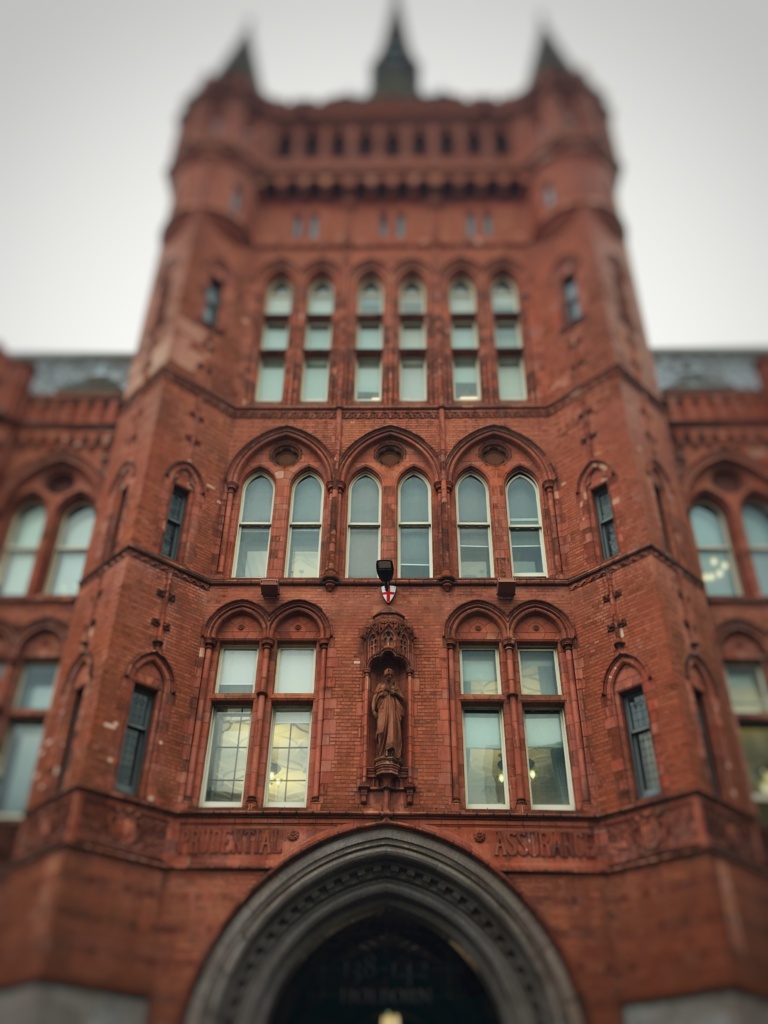
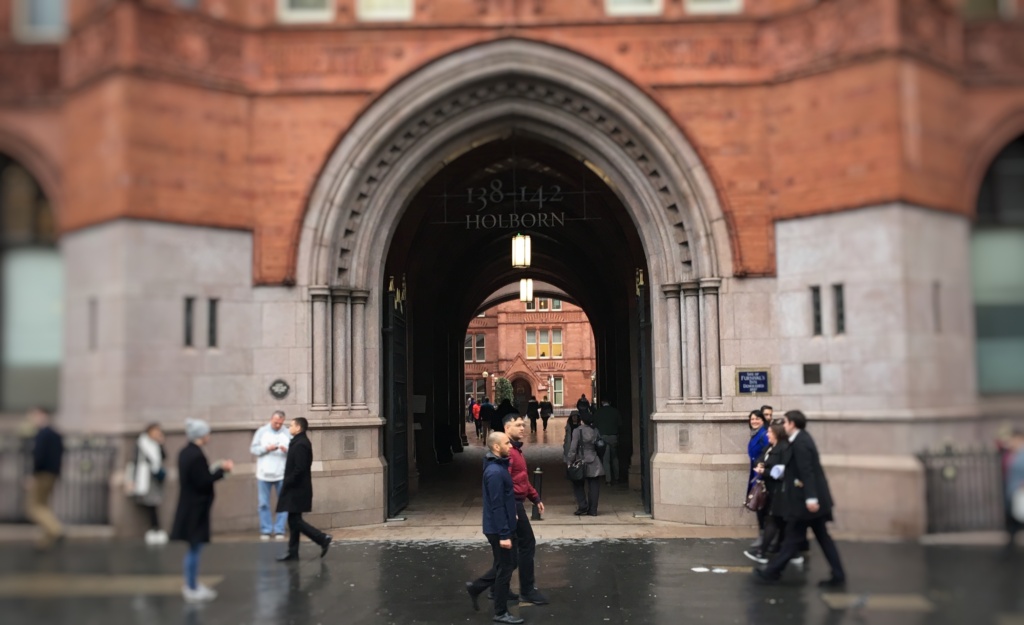
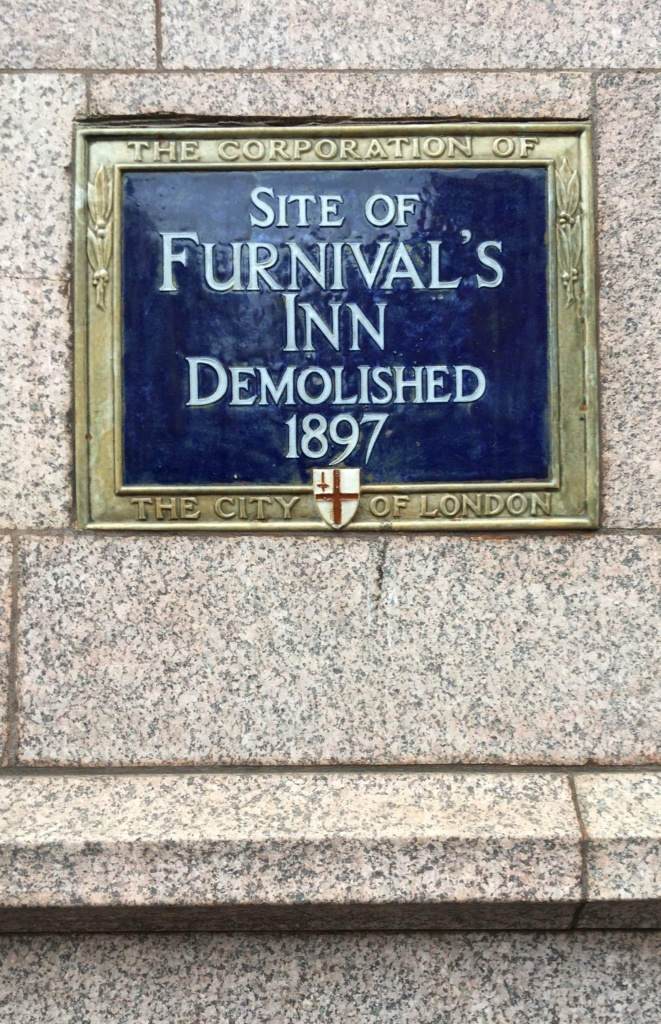
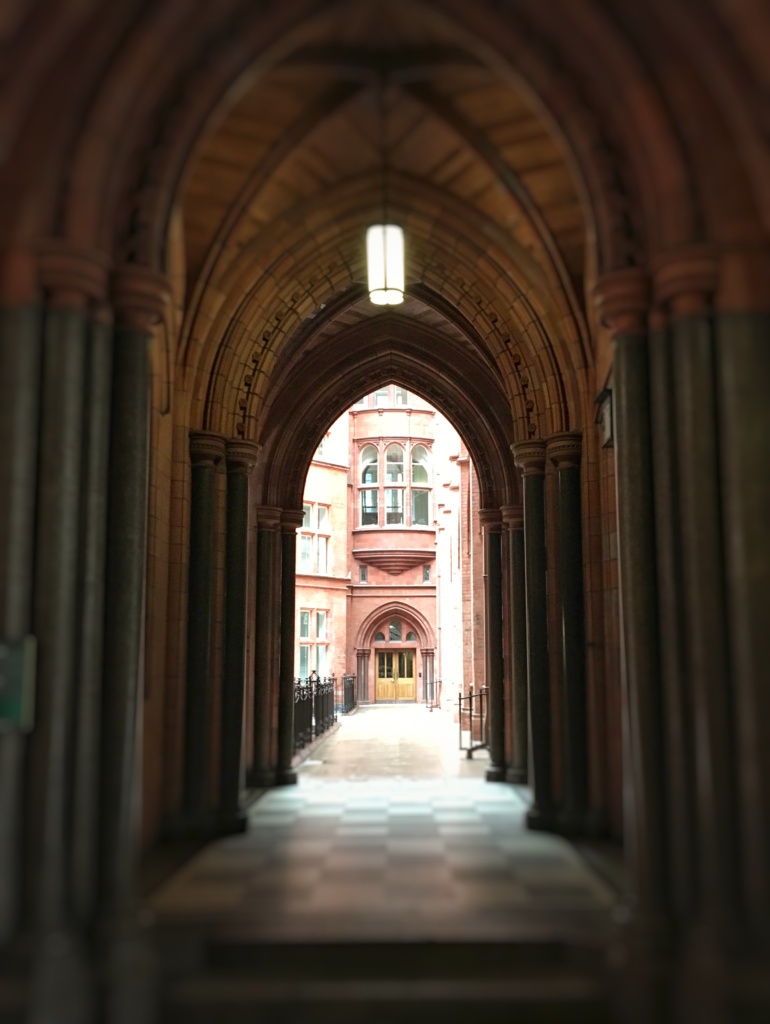
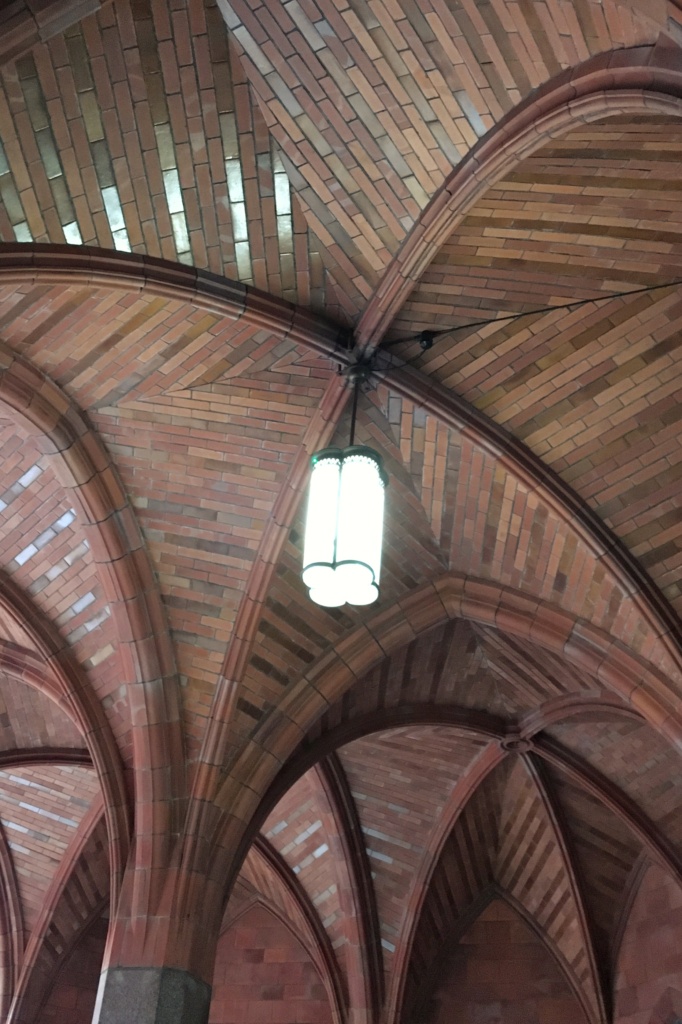
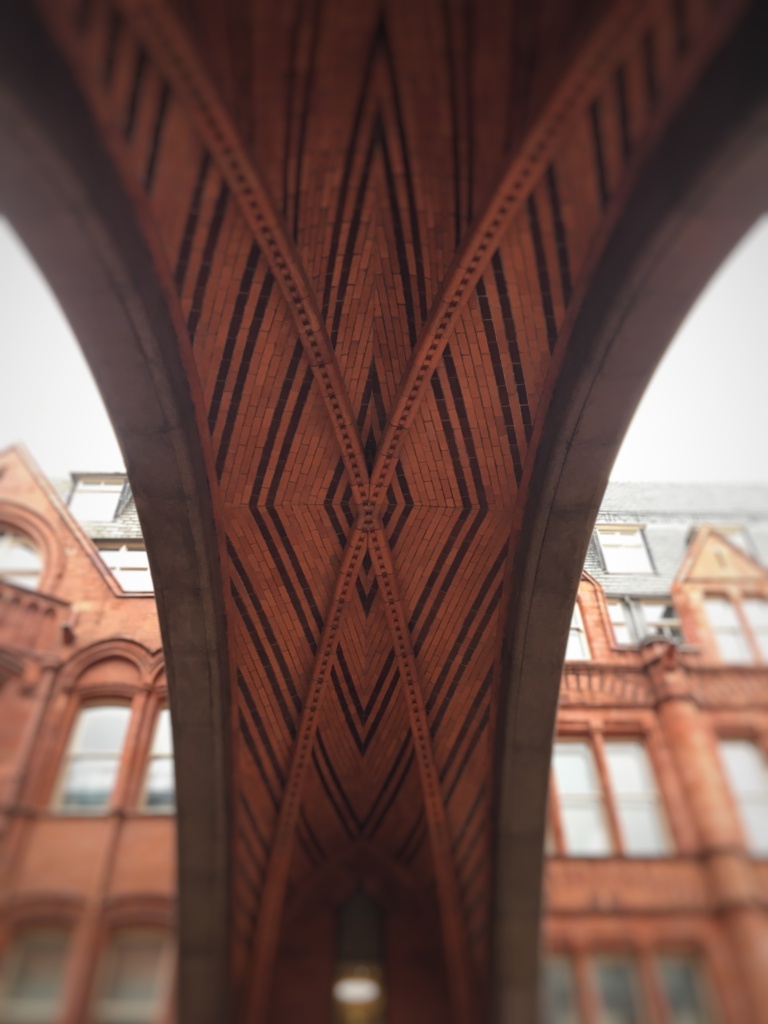
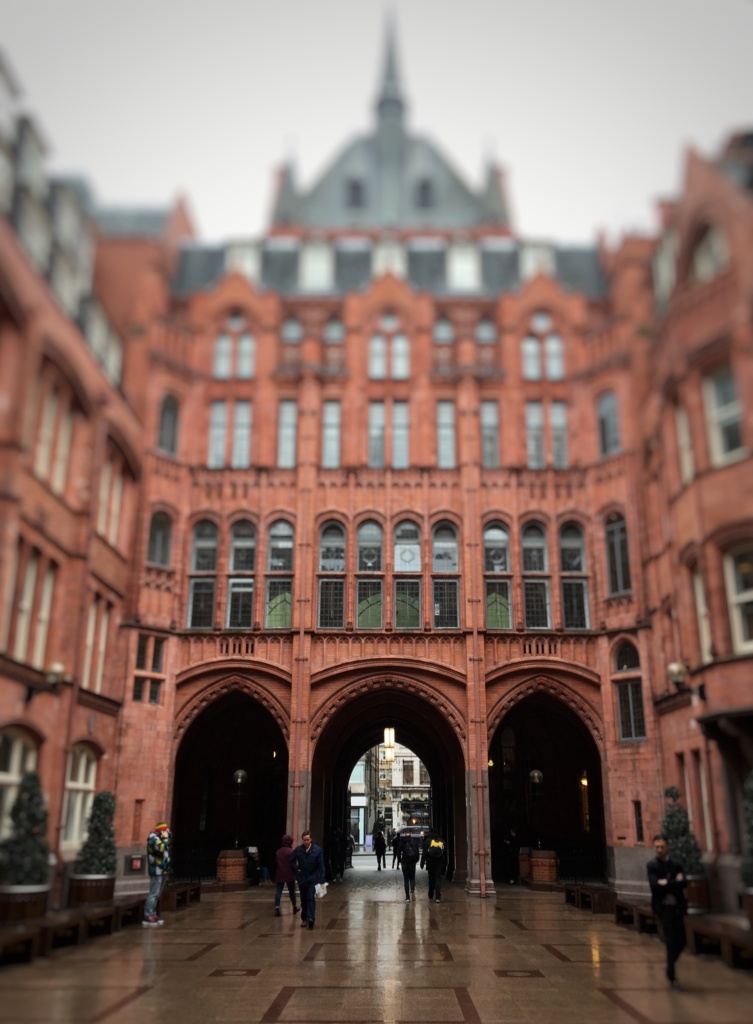
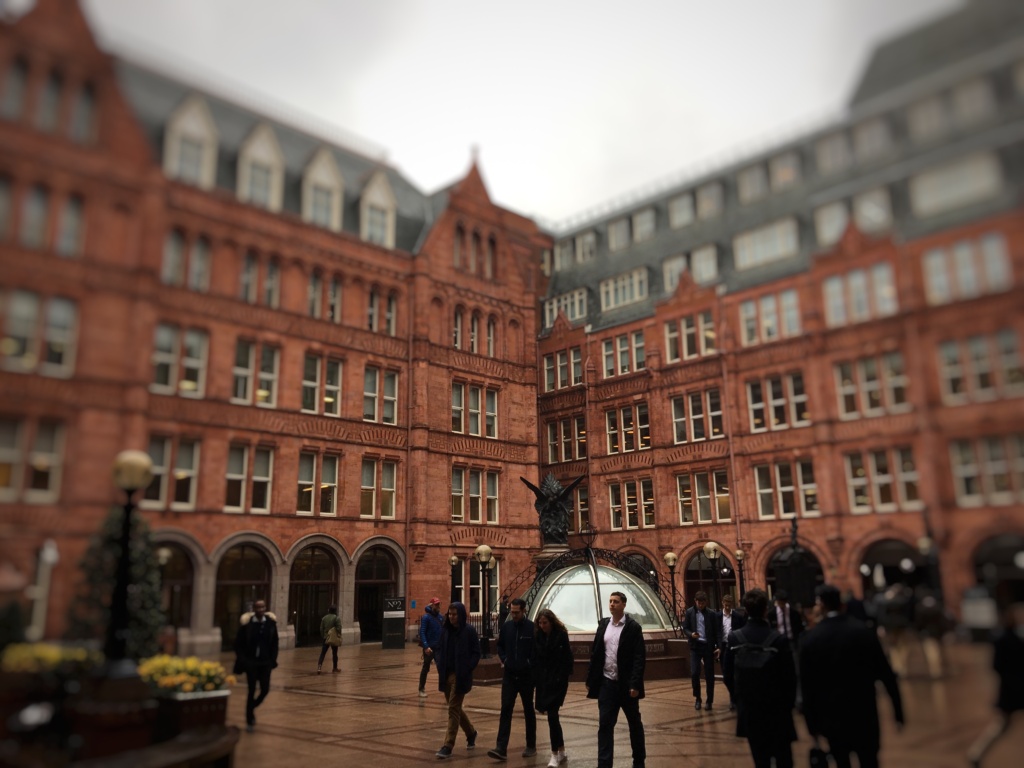
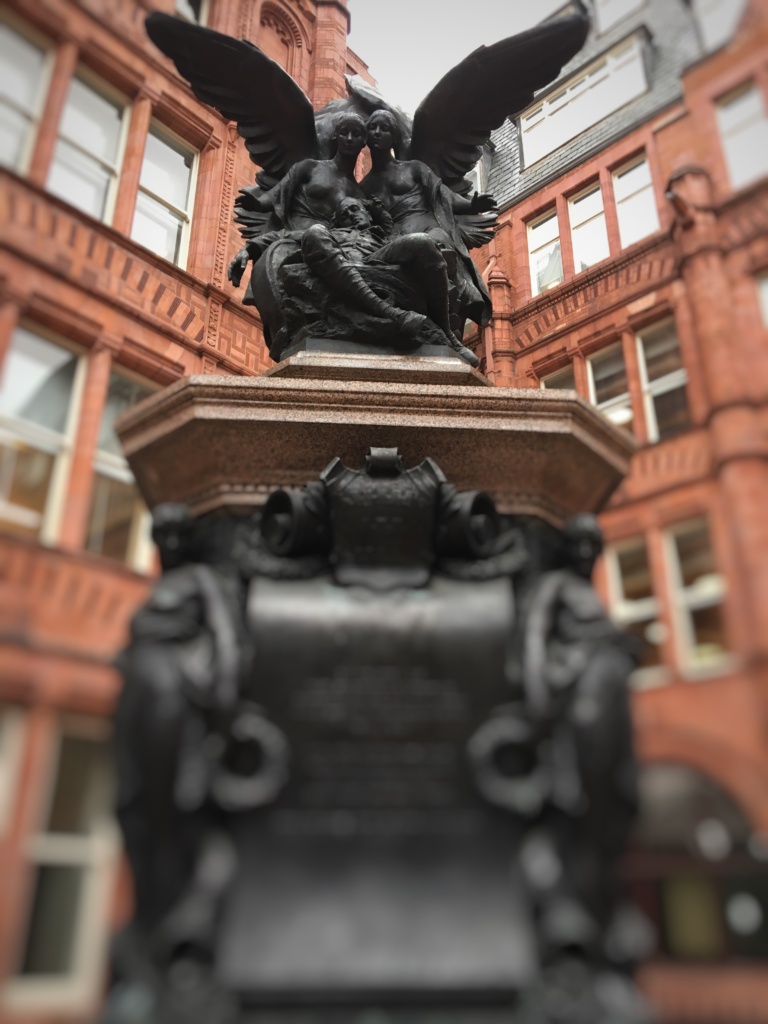
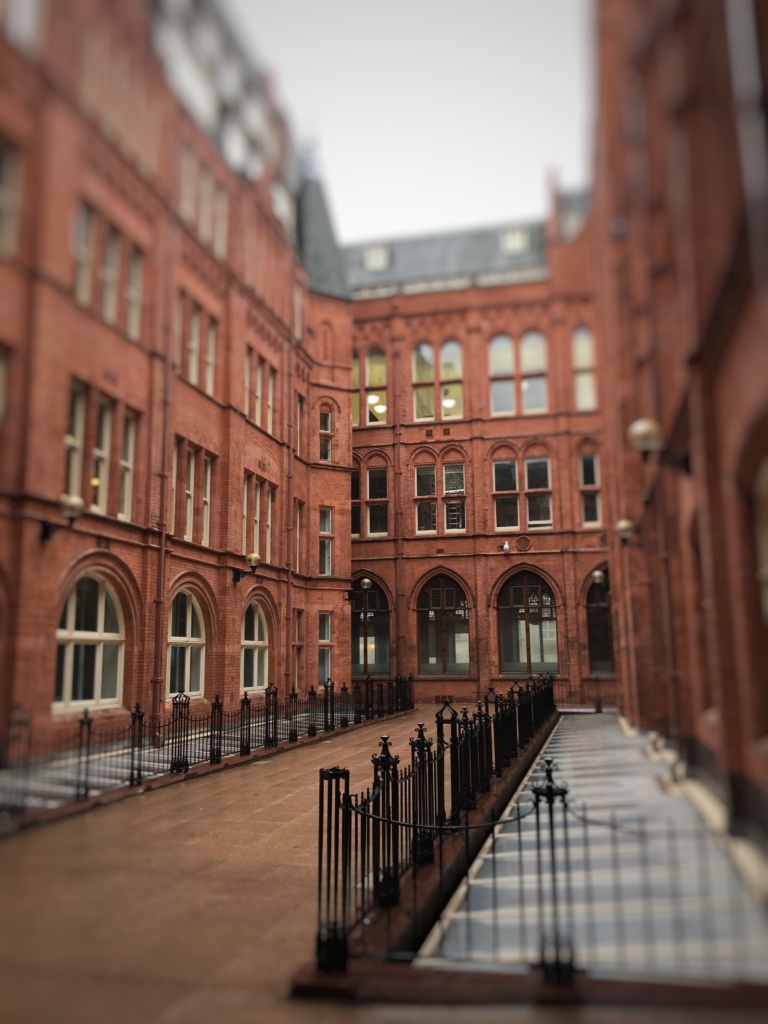
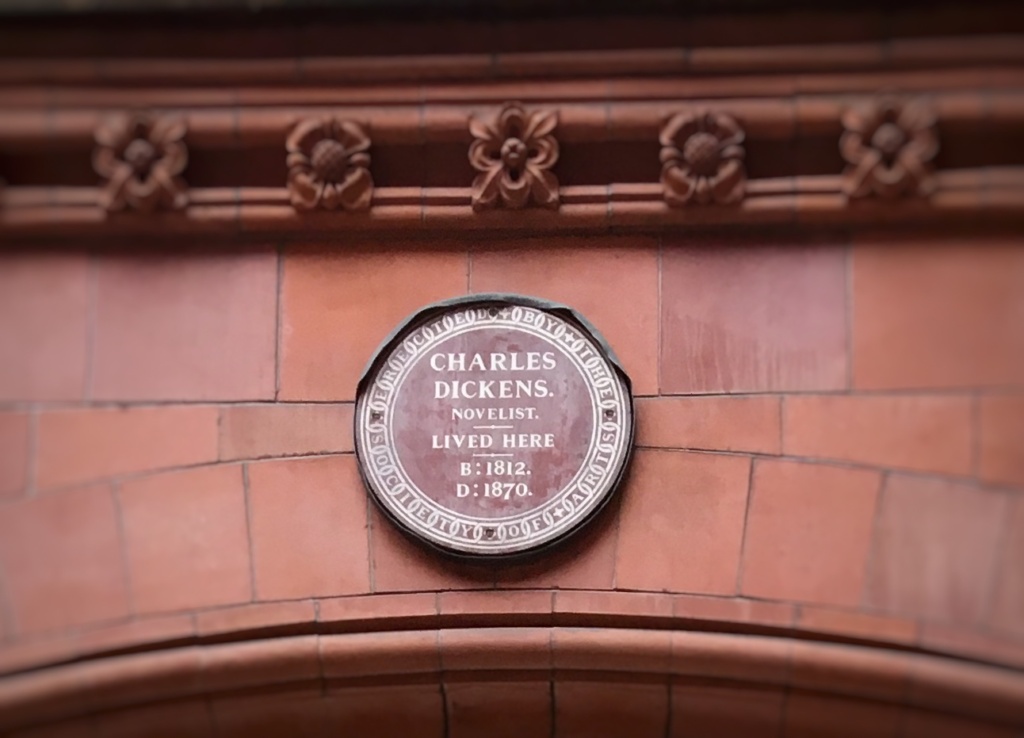
If you enjoyed this post, you may enjoy the following:
Temple Tudor (and other earlier period buildings)
IF YOU ENJOYED THIS, WHY NOT SUBSCRIBE?
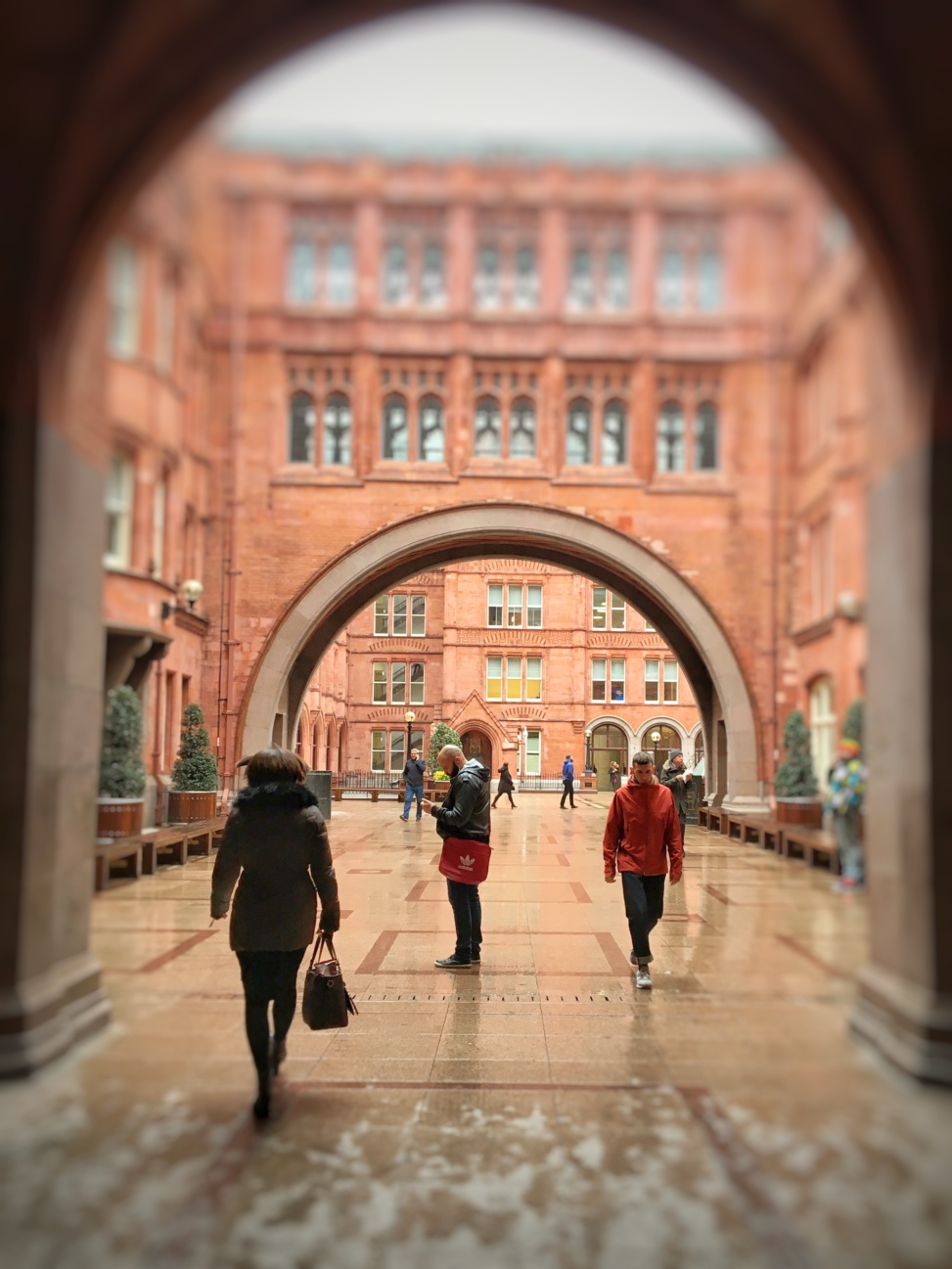
3 Comments
3 Pingbacks